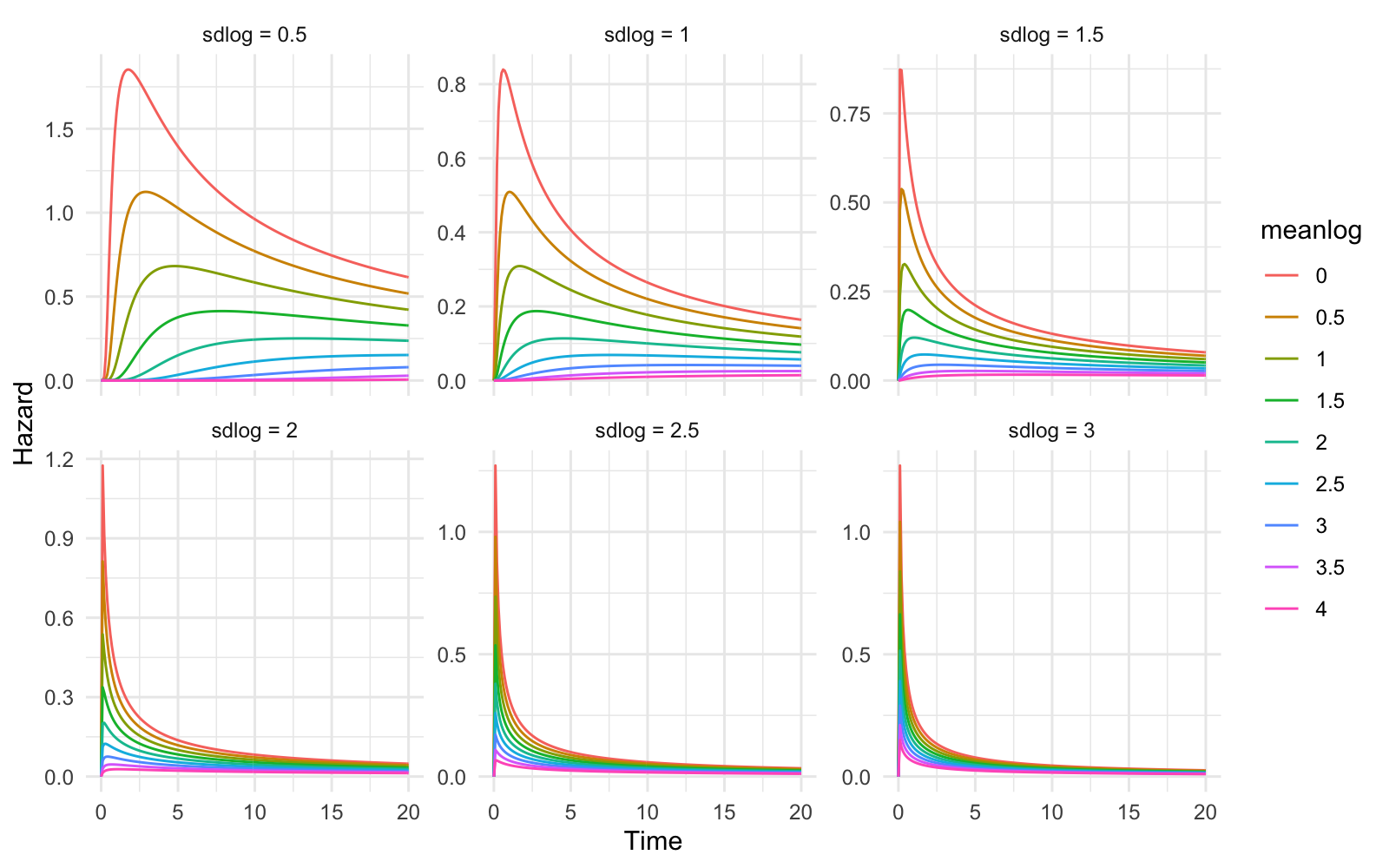Automating Makeham Survival Model using python or R.
Survival probability calculation using the Makeham model is a crucial aspect of actuarial science and mortality analysis. The Makeham model, an extension of the Gompertz model, is commonly employed to estimate mortality rates and predict the probability of survival over time. It incorporates both age-independent and age-dependent components, providing a comprehensive framework for mortality risk assessment.
This model proves valuable in understanding and quantifying mortality patterns within a population, enabling actuaries and researchers to make informed decisions in fields like life insurance and pension planning. By automating the survival probability calculation using the Makeham model, actuaries can efficiently analyze large datasets and project future mortality trends.
Automation involves leveraging programming languages and statistical packages to streamline the computation process. Python, R, or similar languages, along with specialized libraries for survival analysis, can be employed to fit the Makeham model to historical mortality data. The automation process allows for swift and accurate survival probability predictions, facilitating quicker decision-making in risk assessment and financial planning.
The Makeham model's versatility lies in its ability to adapt to different populations and timeframes, making it a valuable tool for assessing longevity risk. As advancements in data science continue, the integration of machine learning techniques further enhances the accuracy of survival probability predictions, contributing to more robust actuarial analyses and ensuring the sustainability of insurance and pension systems in an ever-changing demographic landscape.

I love actuarial science analysis
ReplyDelete